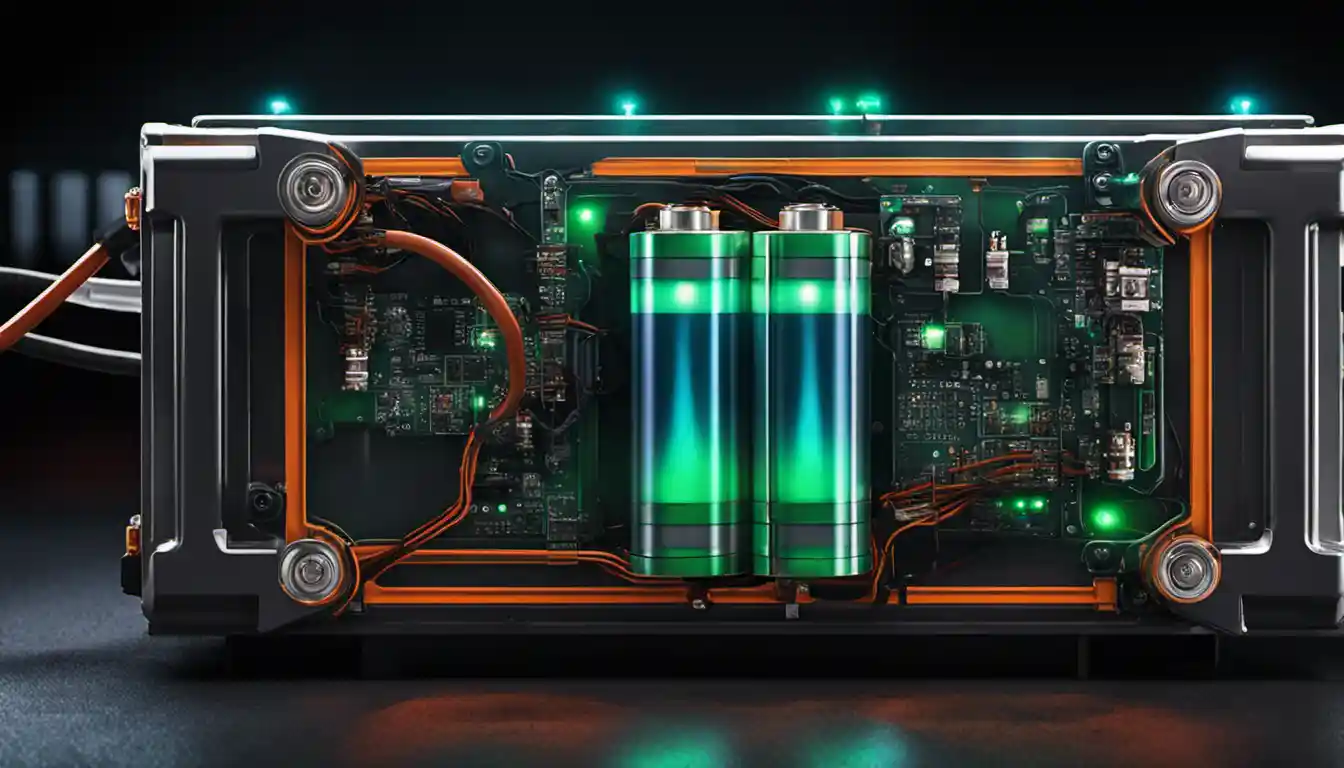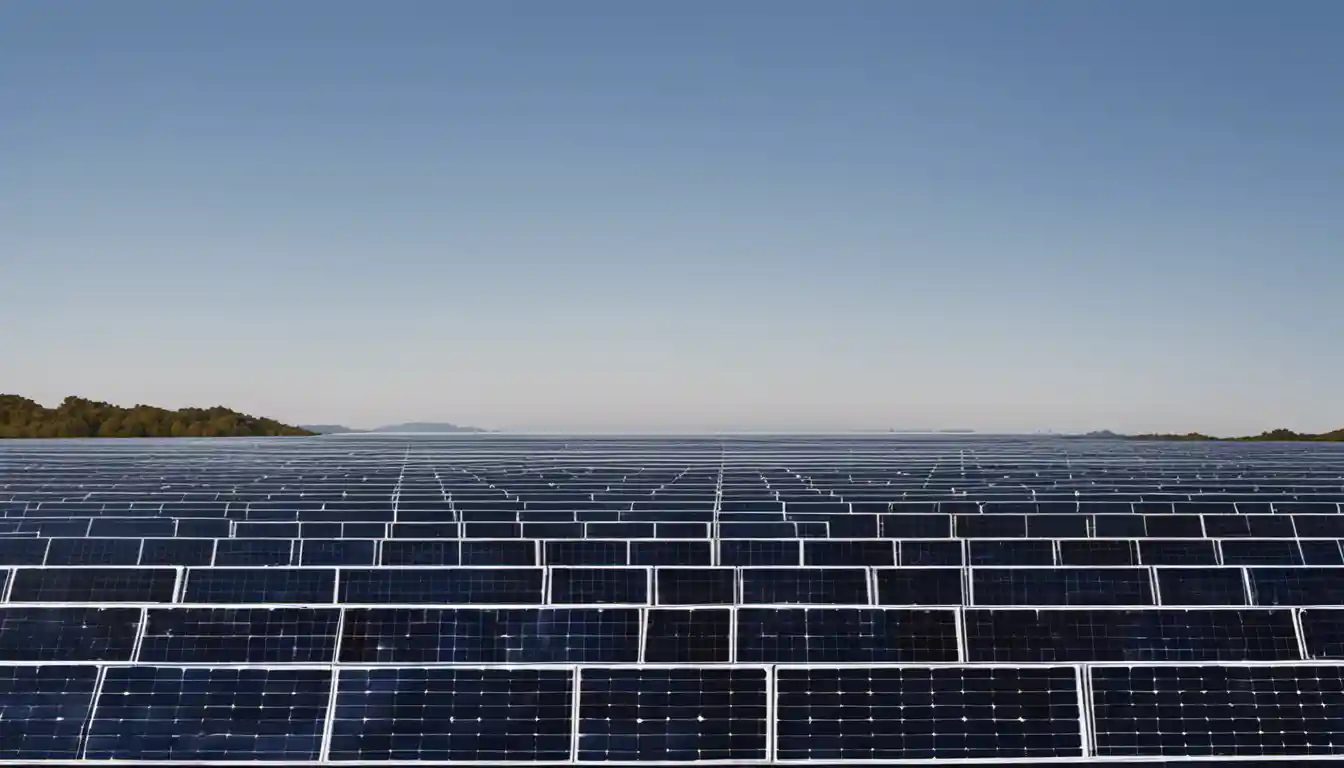The Basics: Understanding the Concepts
A solar panel that is generally used to charge a 100Ah battery is around 300 watts. Assuming you receive about 5 hours of sun daily, a 300-watt solar panel will generate around 1,500 watts per day, conveniently charging your 100Ah battery. However, this could be affected by factors like efficiency of the solar charge controller and the amount of sunlight received.
What is a Solar Panel?
A solar panel is a set of solar photovoltaic (PV) modules, electrically connected and mounted on a supporting structure. This magical piece of technology converts the sunlight directly into electricity and has been a sustainable game changer in our fight against imbalance in energy conservation and climate change.
Understanding Battery Capacity: What Does 100ah Mean?
The term ‘Ah’ refers to Ampere Hour, a unit of electric charge extensively used in battery measurement. The Ampere Hour is typically used to measure the energy capacity or charge of a battery. In other words, a 100Ah battery can supply 100 Amperes of current for an hour, or 50 Amperes for two hours, or 25 Amperes for four hours and so on.
Introduction to Charging Mechanism of Batteries with Solar Panels
The main principle behind charging a battery with a solar panel is that the energy from the solar panel, which is in electrical form, is used to restore the electrochemical potential in the battery, essentially ‘charging’ it. This transformation is facilitated by a device known as a charge controller that modulates the energy flow.
Calculating the Size of a Solar Panel: An Overview
The size of a solar panel relies mainly on three aspects: battery capacity (Ah), solar panel voltage (V), and sunlight hours. The general principle is that the battery capacity divided by the solar panel voltage gives us the minimum solar current needed. Then, dividing this by the sunlight hours provides the solar panel capacity required.
Identifying Your Requirements: Battery Type and Discharge Depth

Understanding Battery Type: Lead-acid and Lithium
When it comes to batteries, there’s a difference in the way how Lead-acid and Lithium batteries behave. Lead-acid batteries could have a Depth of Discharge (DoD) of up-to 50%, whereas Lithium batteries can possess up to 90%.
Deep Dive into Depth of Discharge: What is it?
Depth of Discharge tells us how much of a battery’s capacity has been used. This is important as it directly influences battery lifespan. The higher the DoD, the shorter the lifespan. Even though lead-acid batteries have a lower DoD, their lifespan is shorter than lithium batteries.
Getting to Know Your 100ah Battery: Expected Discharge Depth
Most batteries are not discharged 100%. A good rule of thumb is that Lead-Acid batteries are safe to run down to about 50% discharge, while safer lithium-ion batteries can approach 80% discharge (although some professionals recommend not exceeding 50% regularly to preserve longevity).
Calculating Solar Panel Size to Charge 100ah Battery
Assumptions for Calculation

To move forward with a proper solar panel size for charging a 100Ah battery, we will base our calculations on the following assumptions:
- Average of 5 peak sun hours in a day
- An efficiency factor of 0.85 (to account for losses in energy as it is transferred from the panel to the battery).
- Depth of discharge of the battery.
The calculation also assumes ideal conditions and should be used as a preliminary guideline. Variables such as your geographical location, the time of year, and local weather patterns will impact the accuracy of this calculation.
Step by Step Calculation for Sizing the Solar Panel
Example Calculation: Charging 100ah Lead Acid Battery
Let’s assume we have a 100Ah Lead-acid battery with a Depth of Discharge (DoD) of 50%. Therefore, our usable battery capacity is 50Ah (100 X 0.50 = 50Ah).
Now, say the voltage of the battery is 12V. Our power needs based on the discharge capacity will be thus – Energy (Wh) = Capacity (Ah) X Voltage (V) = 50 X 12 = 600 Watts-hours of energy.
Considering we get 5 hours of peak sun a day, the solar panel output required would be 600/5 = 120 Watts. Factoring in losses (0.85 being the efficiency), the final size of the solar panel needed to fully charge that battery in one day of optimal sunlight would be 120/0.85 = approx 141 watts.
Sample Calculation: Charging 100ah Lithium Battery
Repeating the same calculation for a Lithium Battery with a DoD of 80%, we get:
Usable battery capacity = 80Ah; Total energy requirement = 960 Watt-hours.
Solar panel output = 960/5 = 192 Watts. Factoring in energy losses, we need approximately a 225-watt solar panel for optimal sunlight conditions.
Charging 12v and 24v 100ah Batteries: What Size Solar Panel Do You Need?
Sizing Solar Panel for 12V 100ah Battery

Given the calculations above, you would need a solar panel size of approximately 141 watts for a 12V 100Ah lead-acid battery and a 225-watt panel for a 12V 100Ah lithium battery.
Determining Solar Panel Size for 24V 100ah Battery
Similarly, to charge a 24V 100Ah lead-acid battery from 50 percent to full in a single day, you would need a 282-watt solar panel. For a lithium battery, you would need approximately 450 watts.
Can I Connect a Solar Panel Directly to a Battery?
Connecting a solar panel directly to a battery without a charge controller in-between is not recommended. The charge controller regulates the voltage and current coming from the solar panels, going to the battery, necessary to prevent overcharging and damage to the battery.
FAQs: Frequently Asked Questions
How Many Solar Panels Does it Take to Charge a 100ah Battery?
1 single 300-watt solar panel size is usually enough to charge a 100ah battery under clear sunny skies for about five hours.
Can You Overcharge a Battery with a Solar Panel?
Overcharging a battery from a solar panel is indeed possible. However, it can easily be prevented by using a solar charge controller.
There you have it, your comprehensive guide on sizing solar panels to charge 100ah batteries. I hope this guide clarifies many aspects of how this process works. If you want to know more about solar panel sizes and wattages, make sure to check out our guide on solar panel sizes and wattage.
Remember, when sizing your solar panel to charge a 100ah battery, factors such as battery type, discharge depth, the efficiency of the solar charge controller, and the amount of sunlight received are significant to your calculations. Happy solar charging!



